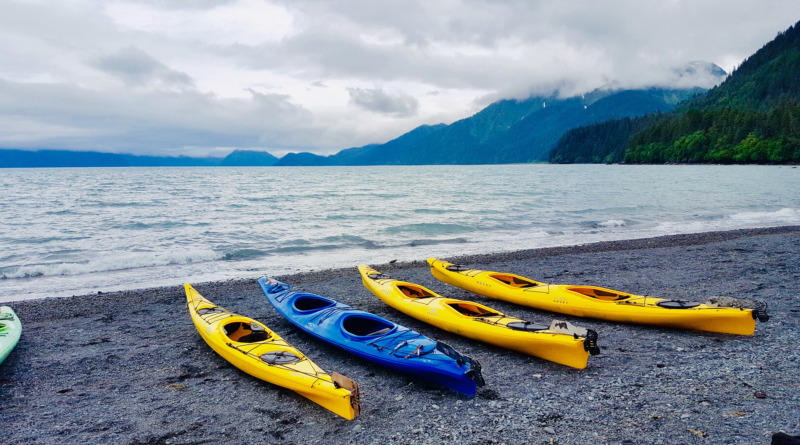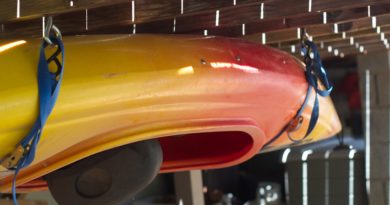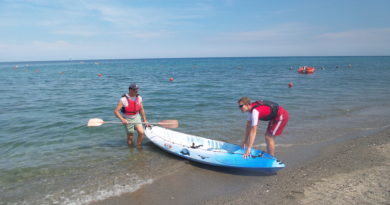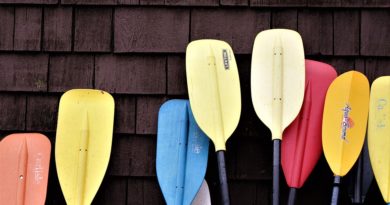Choosing a Kayak: The Beginners Guide
This post contains links to purchase items, and we may qualify for a commission if you use that affiliate link.
So you’re ready to take the plunge! You’ve read some articles, watched some videos, and maybe even rented a kayak with your friends and now you can’t wait to purchase one for yourself. What kind do you get? There are small and wide kayaks, to long and narrow. There are kayaks that you sit in and kayaks that you sit on. Which one is right for you?
Well don’t stress out! We’ll break down the basic categories and types of kayaks and after this article you’ll be able to make an informed decision about your very first purchase!
Sit-inside VS. Sit-on-top
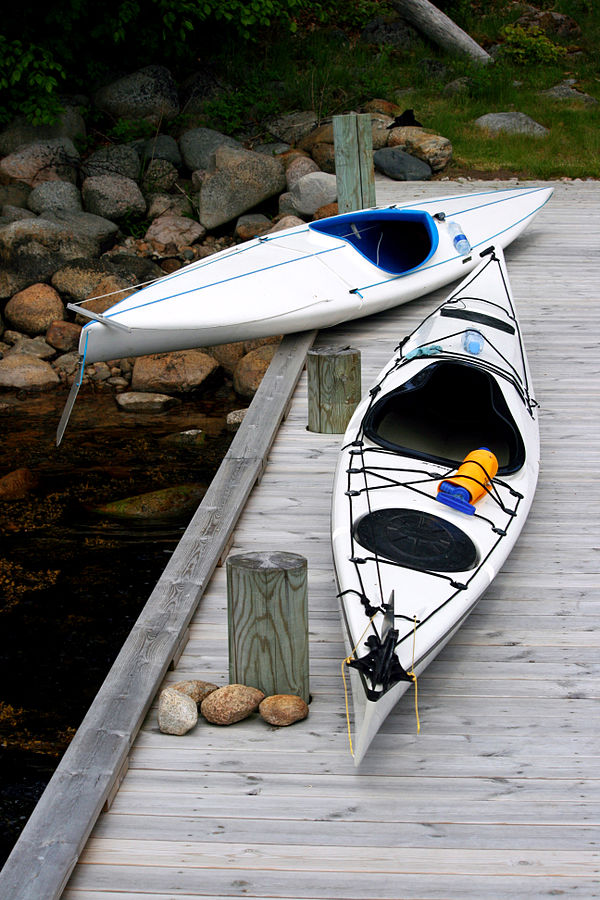
Let’s start with the two major categories of kayaks which are sit-in and sit-on-top. As the names imply, for sit-inside kayaks, the paddler sits inside of the kayak with only their torso sticking out. The paddler’s legs are inside of the kayak. The advantages of these kayaks are that they’re usually easier to paddle and have a better chance at keeping you dry. Optionally, a spray skirt can be attached to keep water from entering. There is one major disadvantage to sit-in kayaks, however. In particularly rough waters, the kayak can flip and this situation can become very dangerous for someone inexperienced. It should be noted though, that flipping your kayak is not an easy thing to do and most kayaks are incredibly stable.
- A good example of a sit-inside kayak for beginners is the Sundolphin Aruba 10′ Sit-in Kayak.
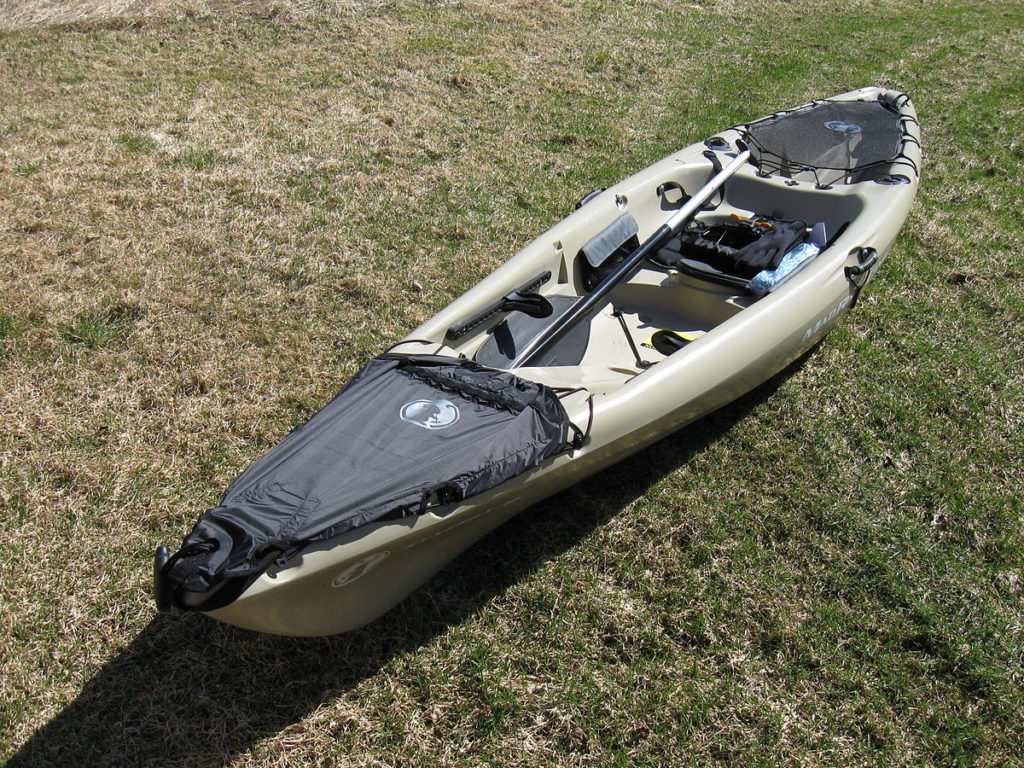
Another option are sit-on-top kayaks. These sometimes look very similar to their sit-in cousins, but they are built differently. Every part of the paddler’s body is exposed and the hull, or body of the kayak, is usually shallower. This has it’s advantages though, as they are much easier for beginners, are harder to sink, and easier to handle if they flip. Of course, there are some drawbacks. Sit-on-top kayaks offer little protection from the water, so use a good dry bag and plan on getting wet. They can also be a bit more difficult to maneuver, as your arms sit a little higher than the water line compared to a sit-inside. Either way, both types are fun, safe, and come in a variety of sizes and materials.
- A good example of a sit-on-top kayak for beginners is the Sundolphin Bali 10′ Sit-on-top Kayak.
Types of Kayaks:
Recreational Kayaks
Gliding across a lake or pond with ease, recreational kayaks are a great choice for beginners. They’re wider and more stable than some of the other types. Recreational kayaks come in both sit-inside and sit-on-top varieties, and many offer some sort of storage. These can also come in a tandem design.
Touring Kayaks
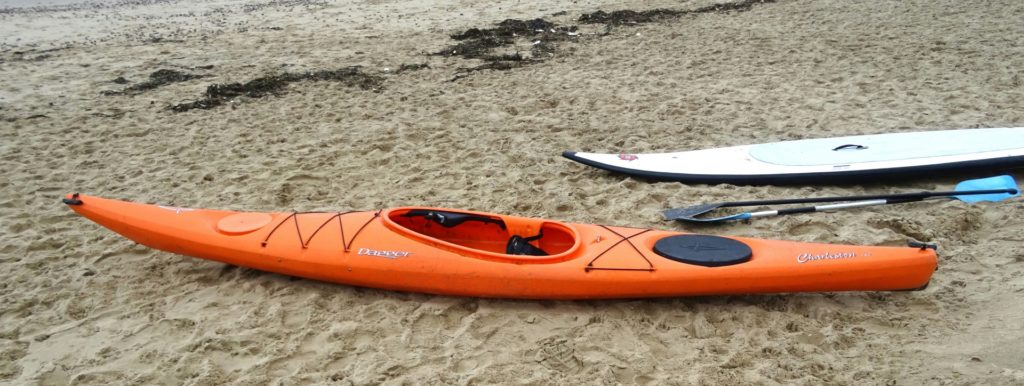
These long, narrow kayaks are designed to cut through the water with ease and grace. They’re much longer than other types, but that will act as an advantage during long trips where your endurance will be tested. Because of their longer bodies, there’s usually a lot more storage so you can pack for a multi-day trip. Due to their size and narrower body, they may not be ideal for someone brand new to kayaking. Although not as common as recreational kayaks, touring kayaks can also come in a tandem design.
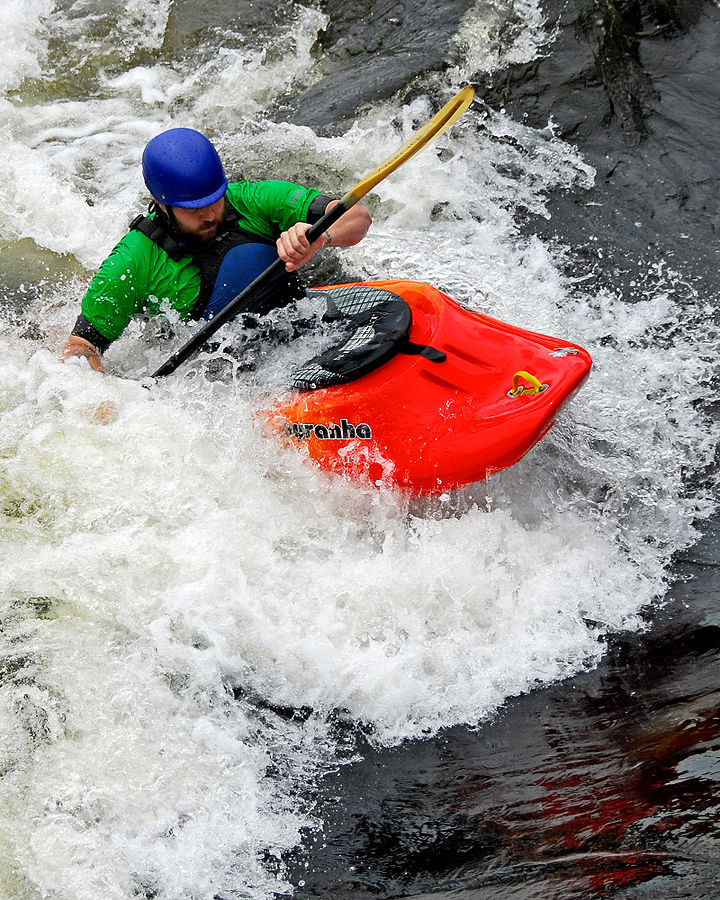
Whitewater Kayaks
These fun little kayaks are also known as play boats or creek boats. They’re much smaller and wider, built out of hard plastic, and able to take a beating. They are incredibly maneuverable and stable, but not very versatile, which is why they are not recommended for beginners. They also tend to be on the pricier side.
Fishing Kayaks
Fishing kayaks are pretty versatile and are very similar to recreational types. They come in both sit-inside and sit-on-top varieties but the defining features of fishing kayaks are the rod holders and extra storage.
Inflatable Kayaks
While not technically it’s own type of kayak, inflatable kayaks are worth mentioning separately. They are becoming extremely popular because of their affordability and ease of transport. You don’t need any special equipment or vehicles to transport an inflatable kayak, which is a huge advantage for many people. The reason why it’s not considered it’s own type is because many of the other types listed above come in an inflatable version.
- A great example of an inflatable kayak is the Intex Challenger K1.
Hopefully you’re a bit more informed on the different styles and types of kayaks. If you’re still not sure which one is the best for you consider the following questions:
- Where will you kayak the most?
- How does the water behave where you kayak?
- Are you ok with being wet the whole time?
- Are you kayaking for a specific reason, such as to fish or to take a long journey?
- Can you transport a large kayak?
Remember, you can always find a place to rent a kayak and see if they offer different types. Whatever type you choose just remember to have fun and be safe!
Featured image by Rohith Goura on Unsplash


